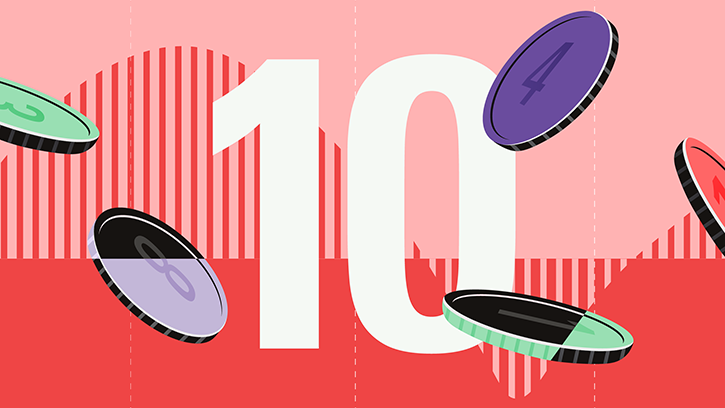For investors, 2016 has been a horrible year with equity markets enduring one of the worst starts to the year for some time. The old Wall Street adage of “as goes January, so goes the year” does not give much ground for optimism either.
Taking data for this year to the close of February 10, both UK and global equity indices show total returns of approximately -9%. But have these market losses translated to actively-managed funds losing value as well?
Which UK Equity Funds Suffered the Biggest Losses?
Amongst UK equity funds, the Morningstar Large-Cap Value category average of -8.9% has done a little better than the Large-Cap Growth category average of -10.4%, but the Mid-Cap category average fared worst at -11.2%. The Small-cap category average fared well at -8.6%.
However as is often the case in the UK market, the UK Equity Income category fared best at -8.5% through the combination of the defensive nature of owning higher yielding portfolios and the number of talented managers that inhabit that category. Of all UK Equity funds the best performer was the SVS Church House Deep Value fund at -1.1%, and the worst over this period was the Jupiter UK Growth fund at -14.6%.
Global Equity Funds Fare Better
Within Global Equity funds, there has been a sharper distinction between Value and Growth funds, the Global Large-cap Value category average of -8.3% compared favourably with the -11.0% delivered by the Global Large-Cap Growth category average.
As in the UK, the Global Equity Income category average return of -6% fared best within Global Equity sectors, where even the fund at the 75th percentile of the Global Equity Income category delivered -7.4%.
Global Small-cap funds with category average returns of -10.5% performed worse than their larger-cap brethren, a different outcome from that seen in the UK. The best performing global equity fund was Kennox Strategic Value Professional at 0.5%, whose largest holding at year end was the US gold miner Newmont Mining, and the poorest was Neptune Global Special Situations with -22.5% return year to date.
Emerging Market Funds Surprise Outperformance
There was little difference in performance between the different regions of the world, the Asia-Pacific ex-Japan Equity category average of -7.3% compared well with the Europe ex-UK Equity category average at -9.3% and the Japan Equity category at -12.5%. In the US, as with the Global Equity category Large-Cap Value at 7.2% performed much better than Large-Cap Growth at -11.9%, reflecting sharp declines in some of the NASDAQ star performers of 2015, with the Small-Cap category also poor at -12.0%.
Of the Developed Market regional funds, Federated Strategic Value Equity, a US fund, delivered 2.6% and was the best performer while another US fund, JPMorgan US Smaller Companies was the worst performer at -23.4%.
Surprisingly, Global Emerging Markets Equity funds have performed relatively well over this period, with a category average return of -6.3%, better than any of the Developed Market regions, and the 75th percentile fund in this category returned -7.4%.
Gold and Precious Metals Deliver Big Gains
Sector equity funds have seen huge variability in performance. The Biotechnology category average performance is worst -27.7%, with even the best fund in that category returning -25.3%, while the Precious Metals category average delivered 20.3% with the Bakersteel Global Precious Metals fund returning 27.% and being the top-performing fund across all sectors over this period. The Franklin Biotech Discovery is at the other end returning -27.3% this year.
Bond Funds Bounce as Gilts Offer Safety
For some bond investors, 2016 has been a happier year to date – the GBP Government Bond categories has been the strongest performing of all Morningstar’s categories, the category average return of 4.8% reflects the safe haven status of government bonds and the long duration of the UK government bond sector compared with other government bond markets around the world.
Bond categories with credit risk did not fare so well with the GBP Corporate Bond category average at -0.3% and the GBP High Yield Bond category average at -3.5%. The Vanguard UK Long Duration Gilt Index fund was the best performing bond fund up 8% and the worst performing bond fund was the IP High Yield fund at -5.3%.
For three bond categories every fund delivered a positive return – these were Emerging Europe Bonds, GBP Government Bond and Global Emerging Market Bond – Local Currency, the last of which would not typically feature in categories of bong likely to perform well when equity markets are falling sharply.






























